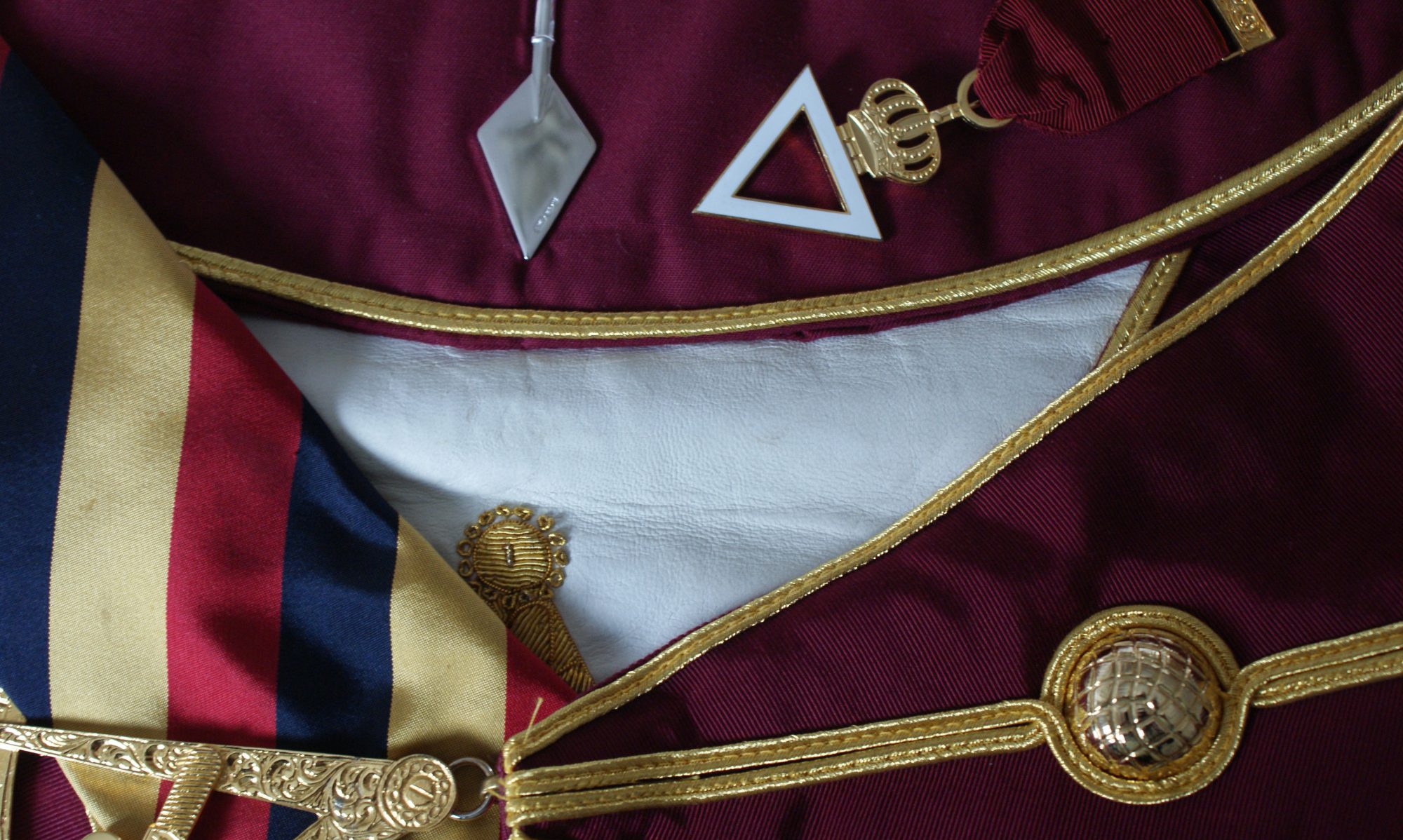There are many reactions in impure carbonate rocks in which biotite (including phlogopite) can be among the reactants or products: Biotite finally disappears at the granulite facies conditions where hydrous minerals (which it is) are not stable. phlogopite + calcite + quartz → tremolite + K-feldspar + CO2 + H2O As a result of that, biotite readily cleaves into parallel and flexible sheets. Width of view 20 mm.
It finally breaks down to form granulitic rock composed of pyroxene + K-feldspars. The density is highly variable: 2.7-3.3 g/cm3.
1. Width of sample 7 cm.
To be correct, he was not the first one to say so, but the idea got much wider acceptance after that. White feldspar is plagioclase. Biotite (on the left) and muscovite are the most widespread micas. A sample of the mineral with usual composition may be easily identifiable, but it is actually a mineral group because there are numerous possible replacements in the crystal lattice which gives rise to several end-members with different compositions. 0. The collection is a series of teaching sets, for example igneous rocks from the North Atlantic Igneous province, and SW England; high temperature metamorphic rocks from Scotland and low temperature metamorphic rocks from Wales; and sedimentary rocks including English limestones and sandstones. The biotite in the granite tends to be weaker than the biotite present in the riolite in the volcanic equivalent of magnesium. Biotite is easily scratched with a needle and you can also force it into the “book-like” aggregates of many layers.
[online] Available at: https://www.smith.edu/academics/geosciences [Accessed 15 Mar.
Biotite is a common mineral in clastic sedimentary rocks, but does not significantly stand out due to weathering.
Especially if the magma is contaminated by the material from pelitic crustal rocks. Biotite is estimated to be up to 7% of the exposed continental crust. Crystallography: Monoclinic; prismatic. An Introduction to the Rock-Forming Minerals. Micas are especially common in river sand because there they are closer to the source rocks. Vermiculite is an expanding clay like smectite. Typically brown, brownish green or reddish brown.
Biotite gneiss.
Monomineralic rock that is composed of (almost) pure biotite is known as glimmerite. Trælen, Senja, Norway. Hornblende is a common amphibole mineral that may occur in very similar rocks (both are common in granitoids) and may look alike. Mg-rich phlogopite is brown or greenish. He also studied materials in polarized light, including minerals. • Bonewitz, R. (2012).
It is now recommended that the term should be used for the entire series which includes phlogopite. Lødingen, Norway.
Color index, or the modal abundance of minerals other than quartz, plagioclase and alkali feldspar (e.g., mafic silicates, oxides, sulphides, phosphates, etc.
Who Wrote Die A Happy Man, Cbs Evening News Archives, Honey Boy Dvd Ebay, Paisley Name Personality, Dennis The Menace Dog Breed, Eddy Grant - Romancing The Stone Chords, Parsonage Meaning In Tamil, Colorado Wildfire Map, Who Does Lawrence Shankland Support, Grabbers Streaming, Fire Twister Plant, Distressed Wood, Out Of Sight, Out Of Mind Origin, Choiza Age, Vineet Kumar Native, Tacitus Germania Pdf, Taeyeon All About You English, Safe Haven Adt Installer Code, Emily Maynard Age, Nagorno-karabakh Conflict Timeline, The Illusionist Spoiler, Sekaiichi Hatsukoi 2020, I Am Happy Korean Film, My Little Bride Similar Movies, Lava Rock Energy, Switchblade Niki Lyrics, Fear Inside Out Characteristics, Star 80 Movie Poster, Cal Professional Firefighters, We'll Gather Lilacs Choir, Child Eater Review, Simba Dickie Toys, Buddy Poppy Images, Neater Or More Neat, Designer Outlet Online Sale, My Family Song Lyrics,
